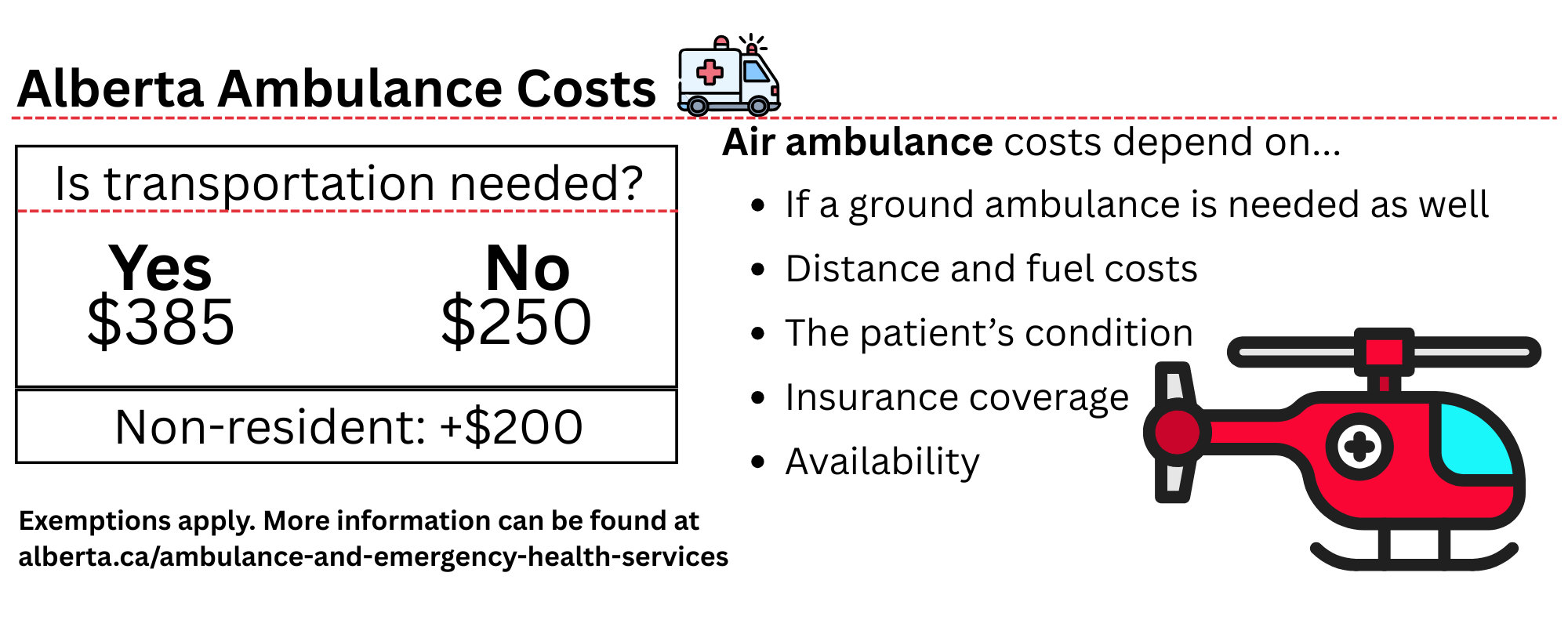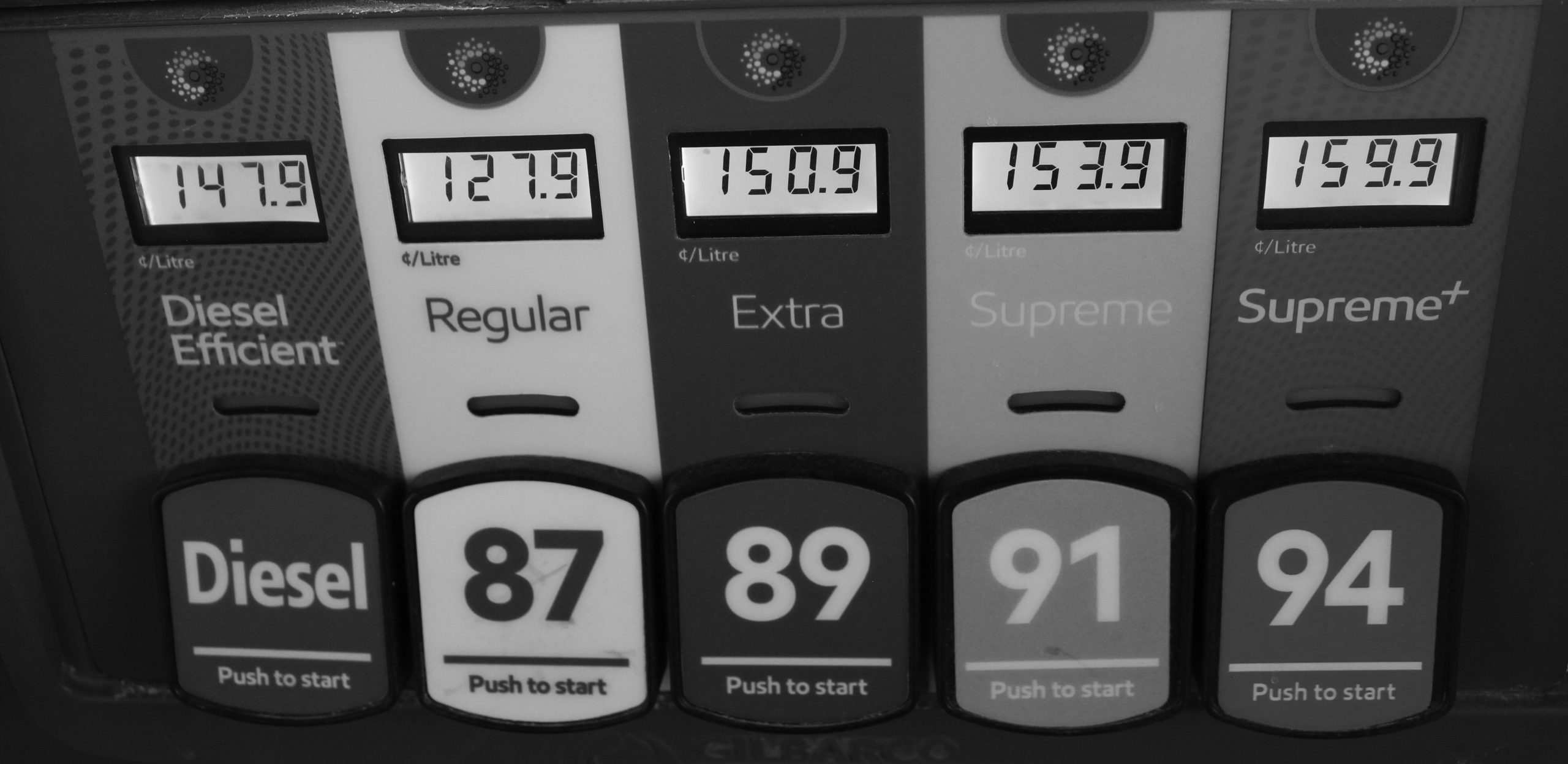It’s that time of year when snowboarders are gearing up to hit the slopes. With each new season new snowboards and gear arrive in the shops. To some riders the newest design or latest graphics are a must-have.
Phil Smiley, owner of local snowboard shop, Infamous, has been snowboarding for 32 years. He says over the last 10 years there have been significant upgrades to boards.
The most significant change was the development of reverse camber boards. These boards are banana shaped with the ends pointed upwards.
Smiley explains that reverse camber boards make snowboarding better for beginners. “It has taken the snowboard industry by storm because they’re easier to ride, they’re more fun and playful,” he said. He mentions the only disadvantage would be if you were trying to snowboard at extremely high speeds.
Daniel Wasylovich, a local snowboarder, owns a traditional camber board as well as reverse camber. He prefers the reverse camber board. “I can ride a smaller board, with more control, and still have the same results on powder,” he said.
As far as Smiley is concerned, reverse camber boards suit his style these days too. “I enjoy them a lot more because I don’t have to be as precise,” he said. “I’m not the rider I used to be, I’m in my 40s now. I’m not charging around, going as fast as I can and jumping off everything I see,” he said with a chuckle.
Not all riders prefer the reverse camber. Stuart Schutten, a local frequent snowboarder, enjoys more extreme riding. “I prefer the traditional camber board because it handles turns better at higher speeds and it’s an all-mountain riding board,” he said.
More recently, new technologies are making boards better. “The main thing that has happened in the last couple of years is bindings now flex with snowboards,” Smiley said. He says stiff bindings take away from the design of the board. “Having a binding and board work together actually creates a board that can carve a specific way without any influence from the bindings,” he said. Because these new bindings allow the board to be flexible, boards are less likely to break.
Smiley also says some of the top companies are now starting to change the straps on the bindings so they no longer have material on them. Smiley refers to them as “a space-age, airy plastic.” He says this makes them more durable and prevents them from ripping and tearing. He also says they tend to fit the boots much more comfortably.
It’s not always the latest board technology that appeals to riders. Smiley remarks that the graphics appearing on boards today are quite amazing. People sell their boards just to change up their look. “It’s an industry where riders also just want new stuff,” he said. “They walk into the shop and they see a board and they just have to have it.”
Smiley says that whenever purchasing a board, it is important to talk to the person in the shop about what kind of rider you are. “If you are beginner, intermediate or expert, just be honest with the guys in the shop so they can gear you into the right stuff,” he said.
So as the snowboarding season kicks into full swing, reverse camber boards and their riders will be gracing the mountains. Until a better board design develops, reverse camber boards will remain the board of choice for many riders.





